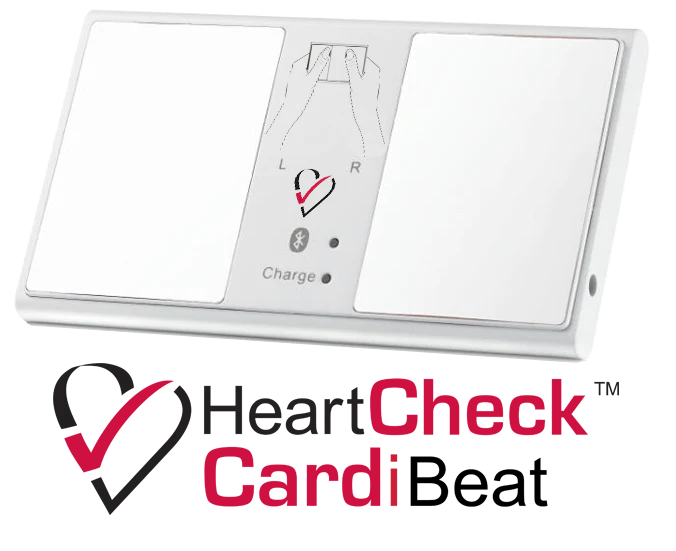Learn More About Electrocardiograms (EKG/ECG):
Abnormal ECG
Cardiac Arrest
Cardiac arrest is a life-threatening medical emergency that occurs when the heart suddenly stops beating.
Heath Risk: This condition requires immediate intervention to increase the chances of survival.
In this comprehensive guide, we will explore the key aspects of cardiac arrest, including its causes, symptoms, prevention, and the appropriate response to this critical situation.
What is Cardiac Arrest?
Cardiac arrest is a condition in which the heart’s electrical system malfunctions, causing the heart to stop pumping blood effectively. This leads to an abrupt loss of consciousness and cessation of normal bodily functions. Without prompt treatment, cardiac arrest can be fatal within minutes.
This website offers general ECG information for educational purposes only. We are not licensed medical professionals. Content should not be construed as a substitute for professional medical advice, diagnosis, or treatment. For personalized guidance, consult a qualified healthcare provider.
Symptoms of Cardiac Arrest
Cardiac arrest often occurs suddenly, and the most common symptom is the immediate loss of responsiveness, pulse, and breathing. Other symptoms may include:
- Gasping for breath.
- Chest pain or discomfort.
- Nausea and vomiting.
- Dizziness or fainting.
- Seizures.

Causes of Cardiac Arrest
Several factors can lead to cardiac arrest, including:
Heart Disease:
Conditions like coronary artery disease can disrupt blood flow to the heart.
Arrhythmias:
Abnormal heart rhythms, such as ventricular fibrillation, can trigger cardiac arrest.
Cardiomyopathy:
Weakened heart muscles can compromise the heart’s ability to pump.
Drug Overdose:
Certain drugs can cause a sudden cardiac event.
Electrolyte Imbalances:
Disturbances in potassium, calcium, and magnesium levels can disrupt the heart’s electrical activity.
Trauma:
Severe physical injuries can lead to cardiac arrest.
Prevention of Cardiac Arrest
Preventing cardiac arrest involves addressing risk factors and adopting a heart-healthy lifestyle. Key preventive measures include:
- Regular Medical Checkups: Screen for heart disease and other risk factors.
- Manage Chronic Conditions: Control blood pressure, cholesterol, and diabetes.
- Stop Smoking: Smoking is a major risk factor for heart disease.
- Maintain a Healthy Diet: Eat a balanced diet low in saturated fats and high in fruits, vegetables, and whole grains.
- Regular Exercise: Engage in regular physical activity to keep the heart healthy.
- Limit Alcohol: Excessive alcohol consumption can increase the risk of cardiac arrest.
- Stress Management: Practice stress-reduction techniques to minimize the impact on the heart.
Response to Cardiac Arrest
Immediate action is crucial in a cardiac arrest situation. Follow these steps:
- Call 911: Contact emergency services immediately.
- Start CPR: Begin cardiopulmonary resuscitation (CPR) by providing chest compressions and rescue breaths if you are trained.
- Use an AED: If available, use an automated external defibrillator (AED) to deliver an electric shock to restore the heart’s normal rhythm.
- Continue CPR and AED use until professional medical help arrives.
Cardiac Arrest Conclusion
Cardiac arrest is a critical medical emergency that requires quick thinking and action. Understanding its causes, recognizing symptoms, and adopting preventive measures are essential for promoting heart health. Early intervention through CPR and AED use can be life-saving. By being aware and prepared, individuals can help improve the survival rates of cardiac arrest victims and reduce the impact of this potentially devastating condition.

